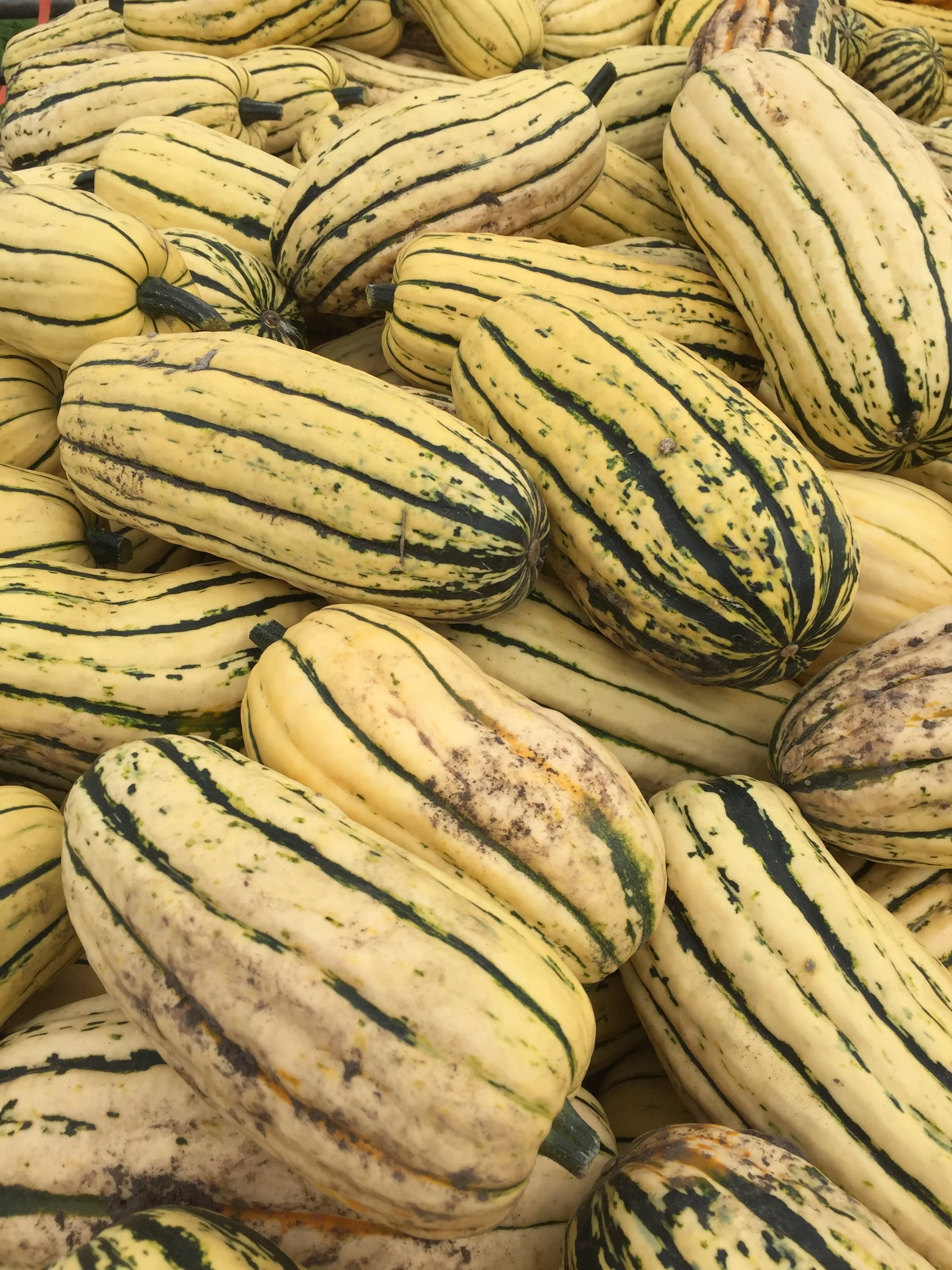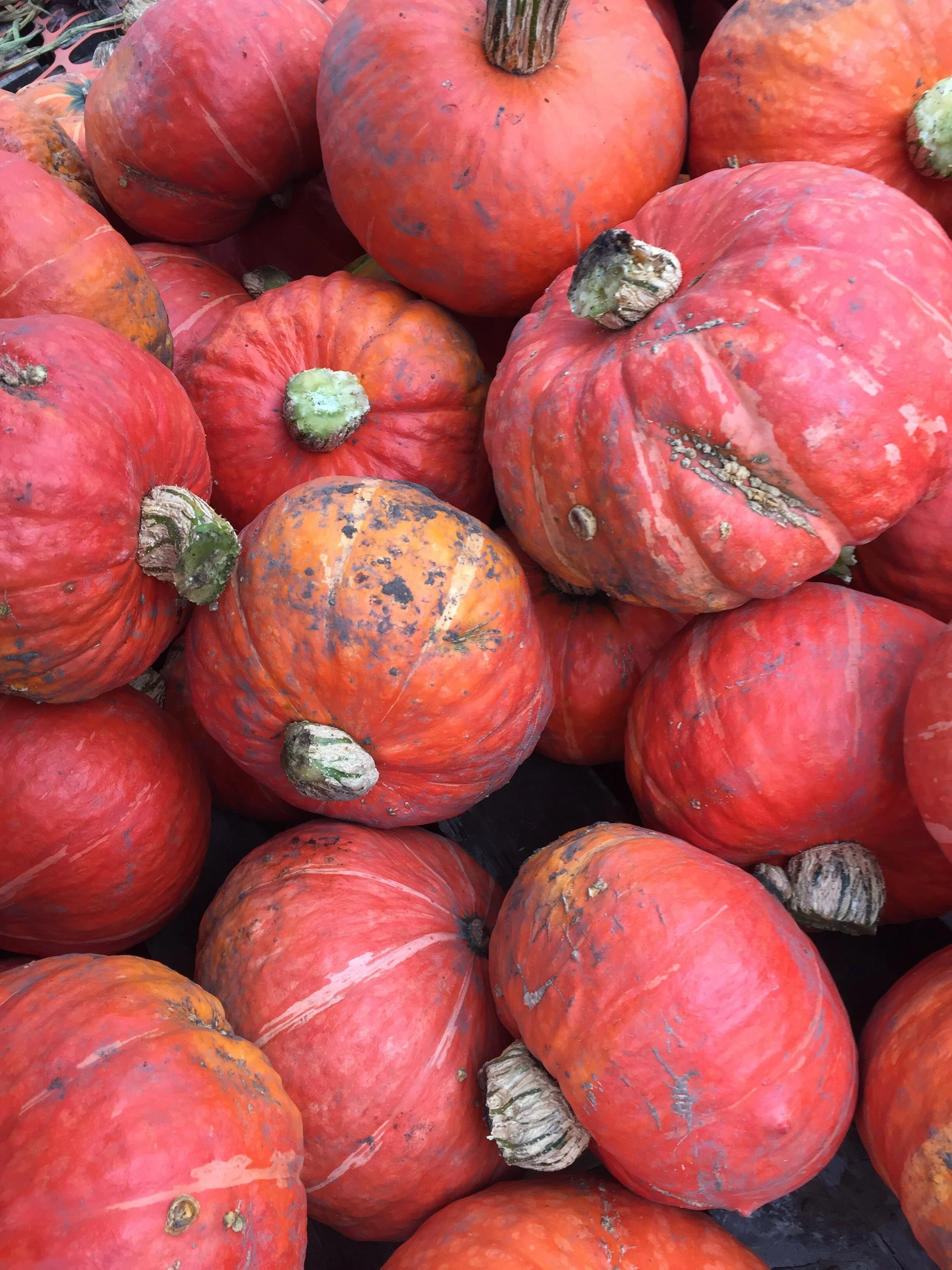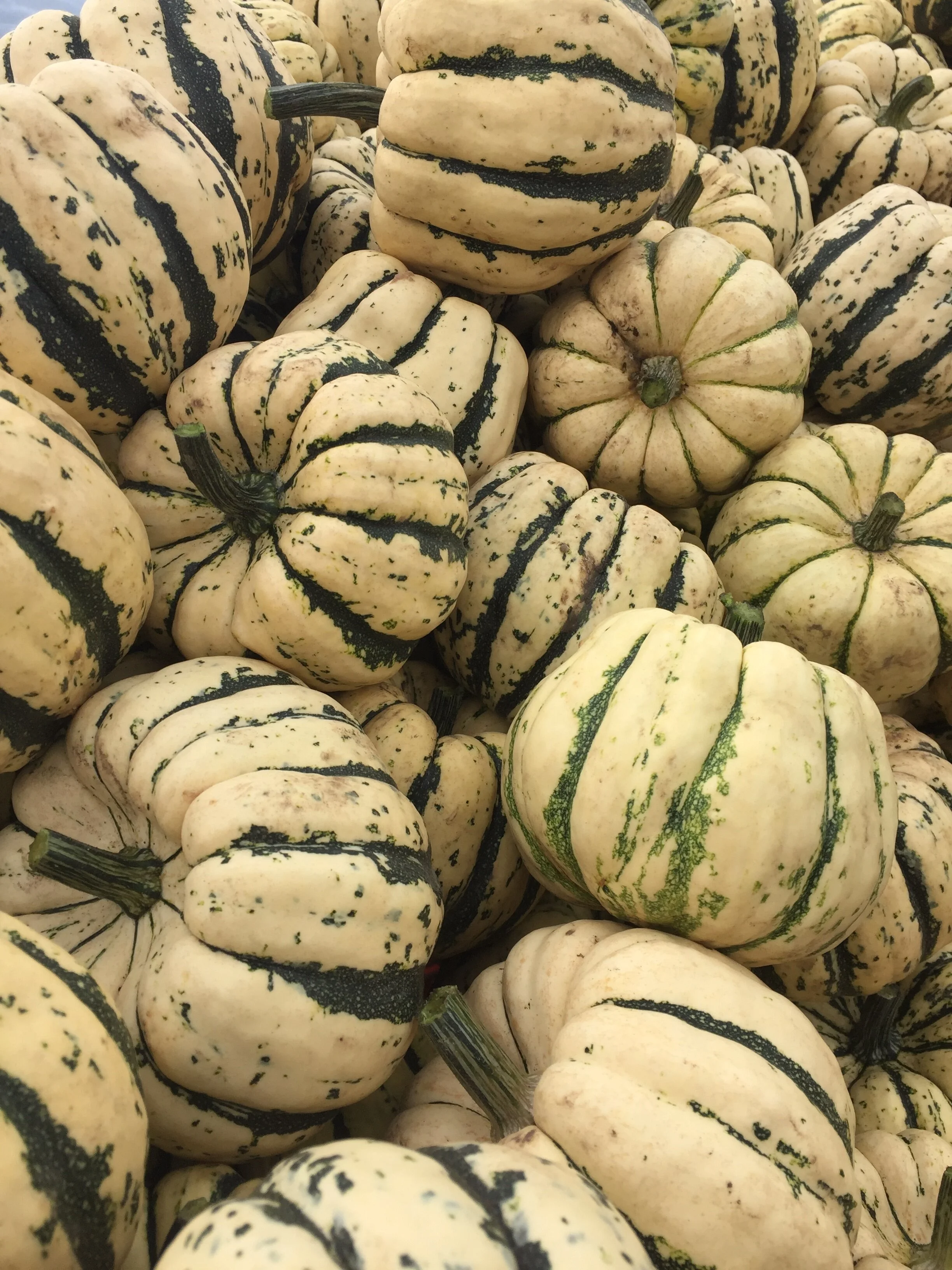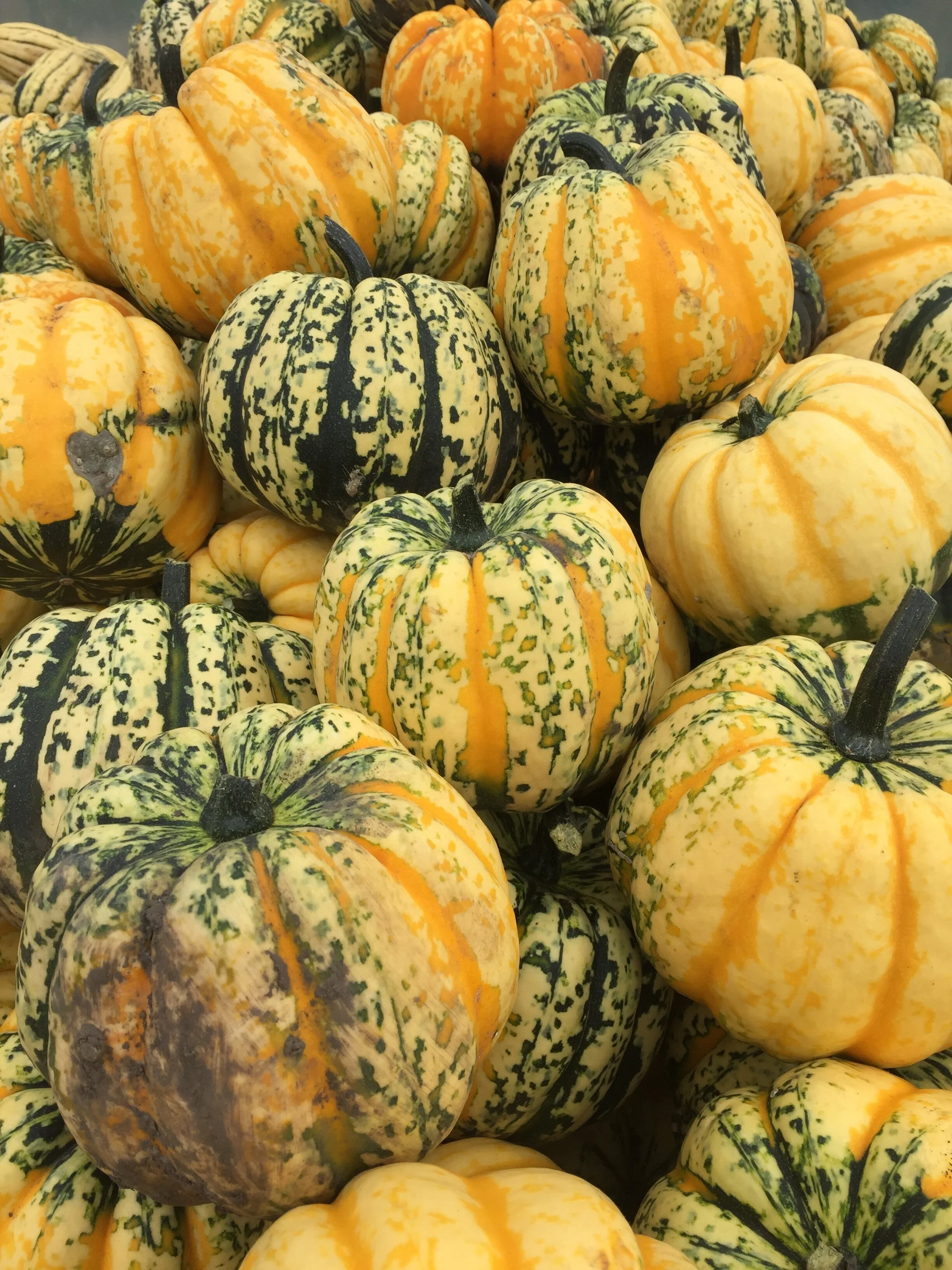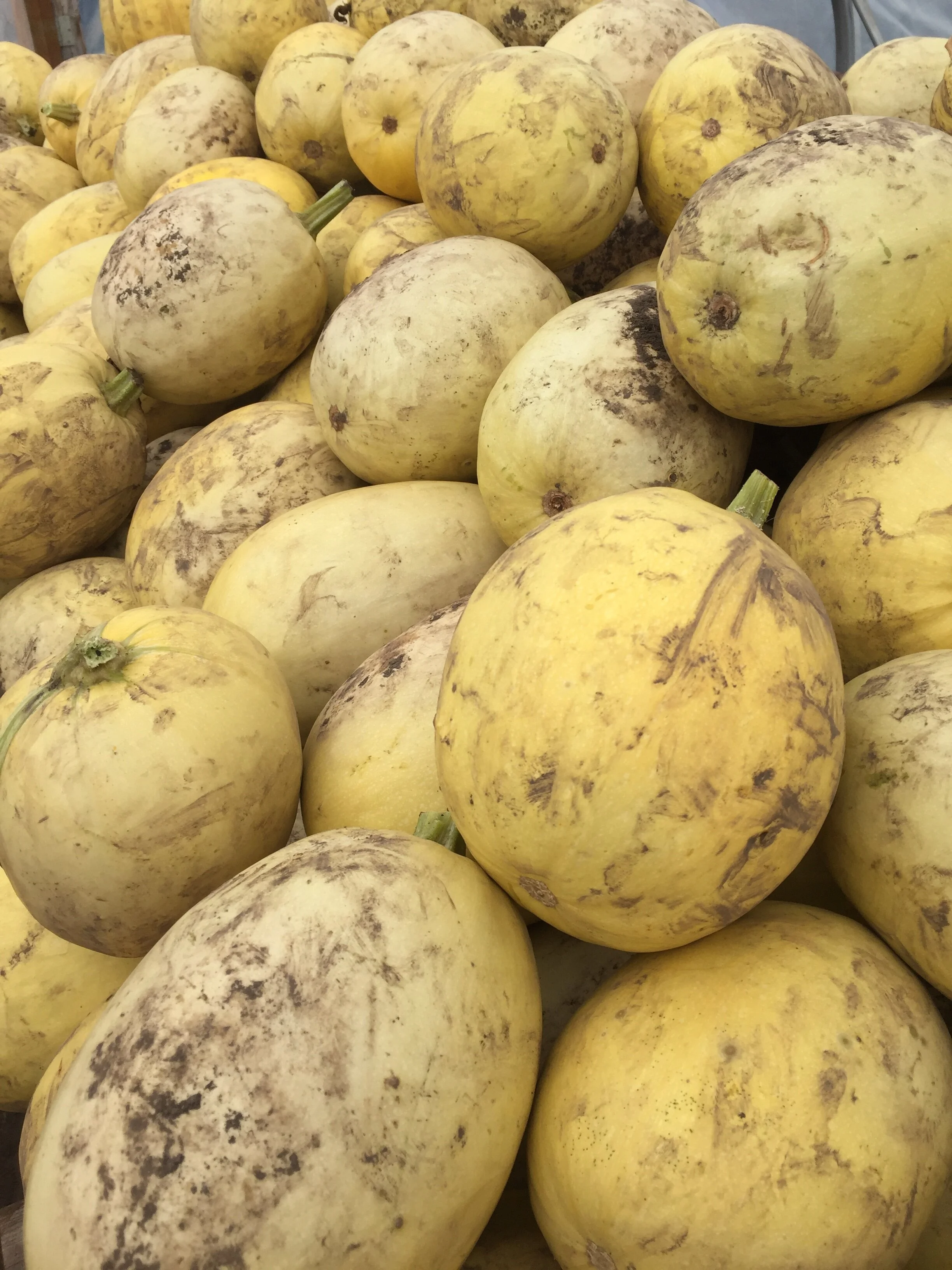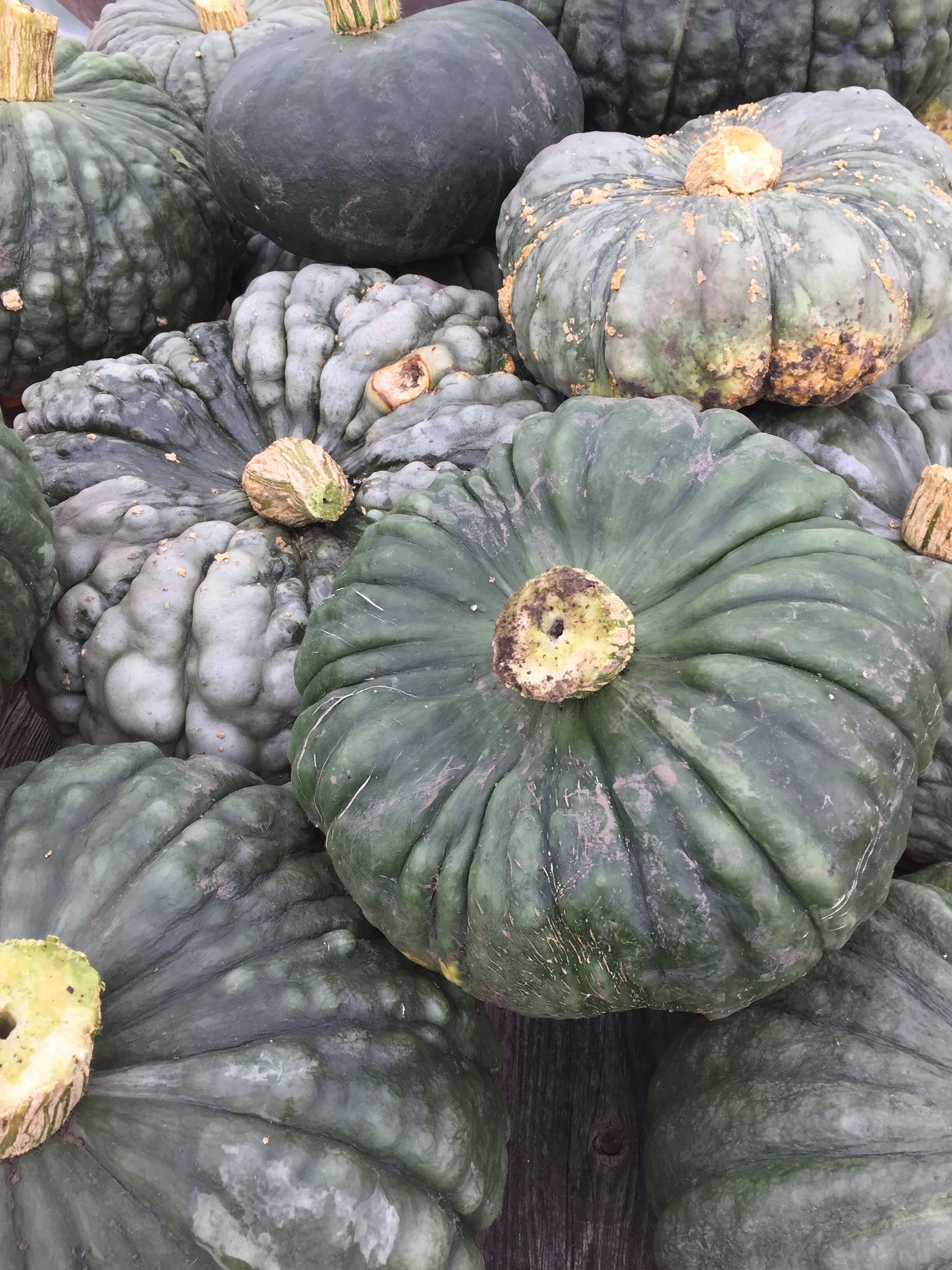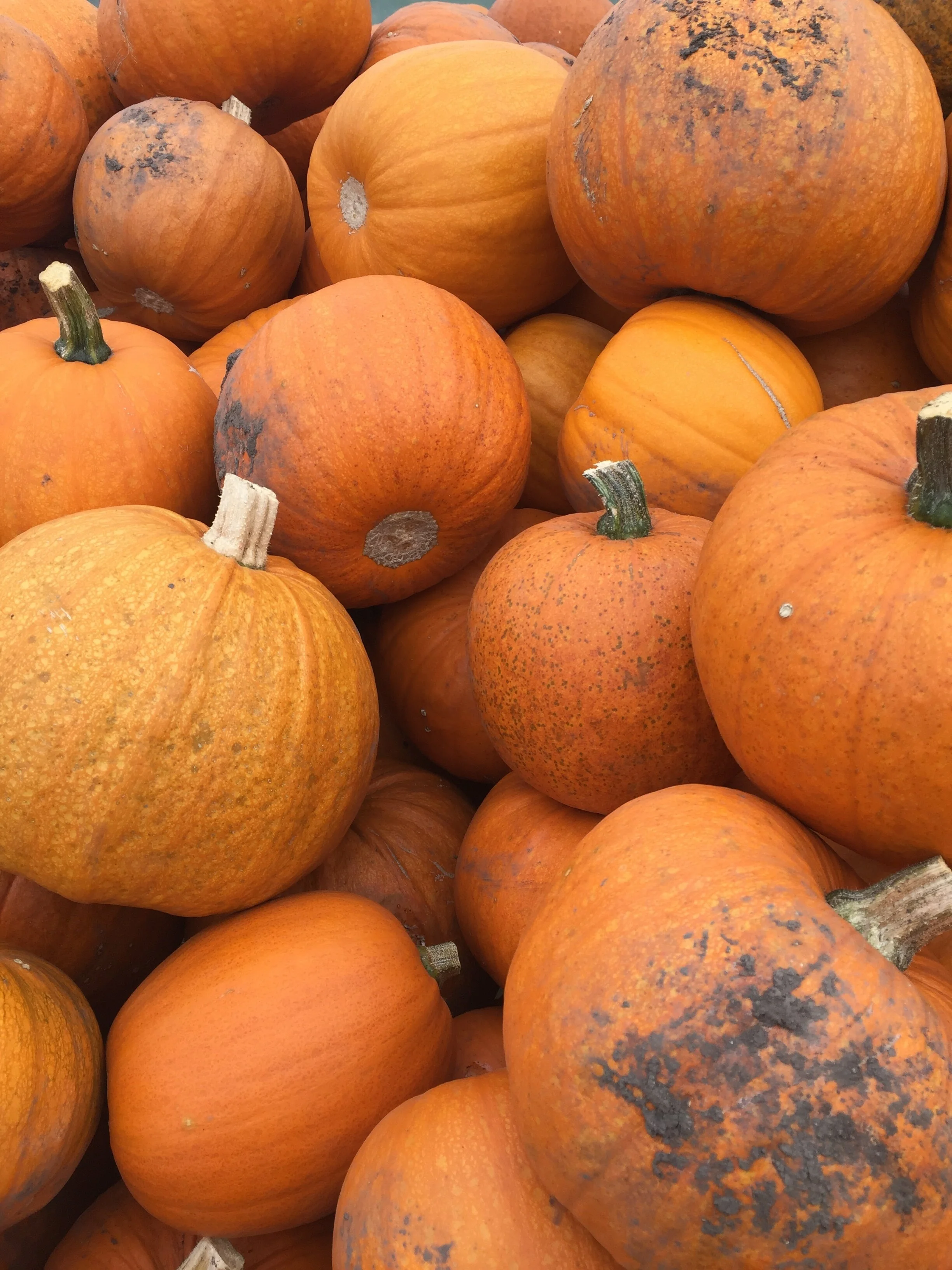Everything You Need to Know About Winter Squash
This week Farmer Dave from the PEAS Farm talks winter squash with us. . . In the last two weeks you’ll be seeing several varieties of these beauties, and there are a few different ways to handle them. Which is where Dave comes in. . . .
The days are getting shorter, the nights colder, and I find myself once again drawn into the kitchen willing to fire up the oven. One of the things I’m excited about cooking in the oven is winter squash. Here at the PEAS Farm, it’s the start of winter squash season and we are busy pulling out truckloads of squash from the fields for our CSA and the Missoula Food Bank.
Winter squashes are different than summer squashes in that they are harvested and eaten as mature fruits, have fully matured seeds inside, and the skin has formed into a hardened protective shell. Unlike summer squash that will perish in the bottom of the fridge if forgotten about, winter squash will store for months lasting all winter long.
It’s best to store your winter squash in a dry location ideally where the temperatures are around 50 degrees, though don’t sweet the temperature details. It’s more important to regularly check on your stash to make sure nothing is rotting and to prioritize using squash that will first go bad.
In regards to flavor and storage ability, most winter squashes benefit from a curing stage (done on the farm) lasting 10 days to 3 weeks. Delicata, Sweet Dumpling, and Carnival squash do not need to be cured and can be eaten immediately following harvest. Curing happens after harvest when squash is initially stored in a warm and dry location with good airflow. While curing, excess moisture evaporates, sugars concentrate, and the squash gets sweeter. Cellular respiration also slows which helps to toughen the skin and ultimately increases storage life.
At the PEAS Farm, we grow a handful of different types of squash: delicata, buttercup, kabocha, acorn, spaghetti, and edible pumpkins. Each of these have distinct characteristics, textures, and qualities in the kitchen.
Let’s review:
Delicata winter squash
Delicata
These little beauties are “single serving” size, perfect for stuffing, can be baked or steamed, and have edible skins.
Bon bon buttercup
Buttercup
Medium-sized squash with sweet and dry deep orange flesh, green skin, and a gray button at the bottom. These are perfect for baking, roasting, casseroles, and soups. Because of their drier texture I prefer other types for just plain eating.
Kabocha
Sunshine winter squash
Red kuri winter squash
Kabocha varieties can look similar to buttercups but do not have a button at the bottom. Varieties I like to grow have bright orange (Sunshine) or orange-red skin (Red Kuri) and deep orange flesh that is smooth, velvety, sweet, and somewhat dry. These medium-sized squash are great for baking, mashing, casseroles, soups, desserts, and muffins.
Acorn
Sweet dumpling acorn winter squash
Carnival acorn winter squash
A well-known type of squash frequently found in grocery stores. Varieties I like to grow, such as Carnival and Sweet Dumpling, you typically won’t find in the store. While they may look like fall table decorations, don’t be fooled, these squash are for eating. With a sweet and slightly buttery flavor these small squash are good for baking and stuffing.
Spaghetti winter squash
Spaghetti
An easily recognizable squash ubiquitously found in grocery stores. These squashes are traditionally cut in half, baked, and the flesh is raked with a fork to create spaghetti-like strands.
Edible Pumpkins
Marina Di Chioggia sea pumpkin
Orange pie pumpkin
Most everyone will easily recognize an orange pie pumpkin. Be on the lookout for the white Autumn Crown pumpkin and the large and bumpy blue-gray Marina Di Chioggia sea pumpkin. Traditionally used for desserts such as pies, cookies, cakes, and muffins. Also great for soups.

